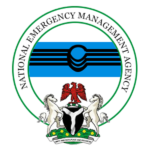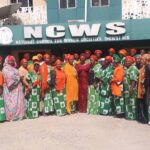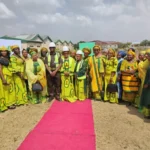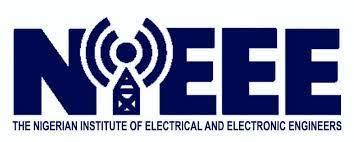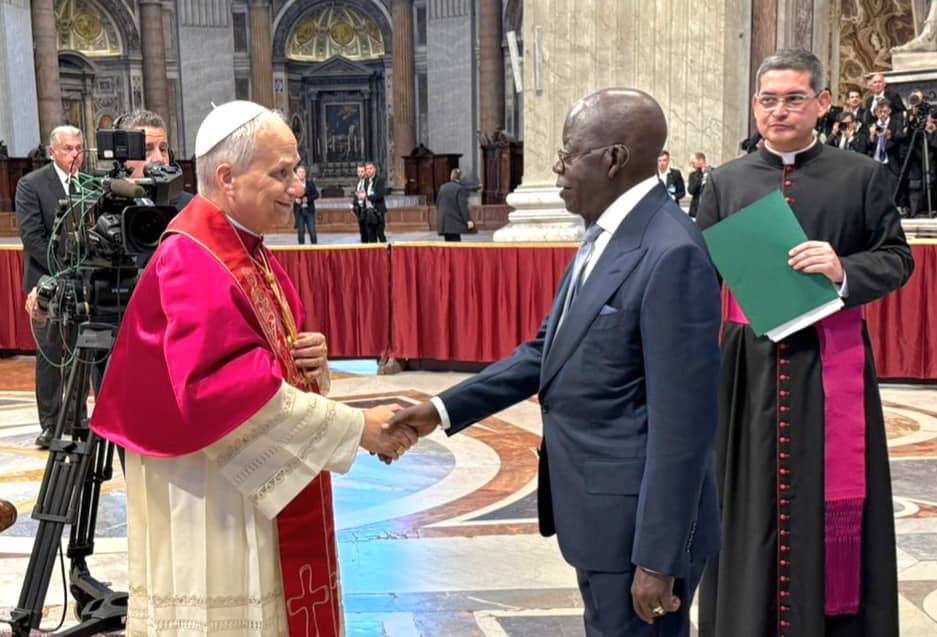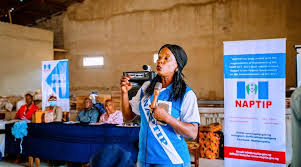Experts say Nigeria’s digital economy booming with massive investments
By Stellamaris Ashinze The Managing Director, Equinix Nigeria (MainOne), Mr Wole Abu, says that Nigeria has emerged Africa’s digital leader, boasting 132 million active internet subscribers and 43 per cent broadband penetration. Abu made this known at the inauguration of the executive committee of the Nigerian Institute of Electrical ElectronicContinue Reading



